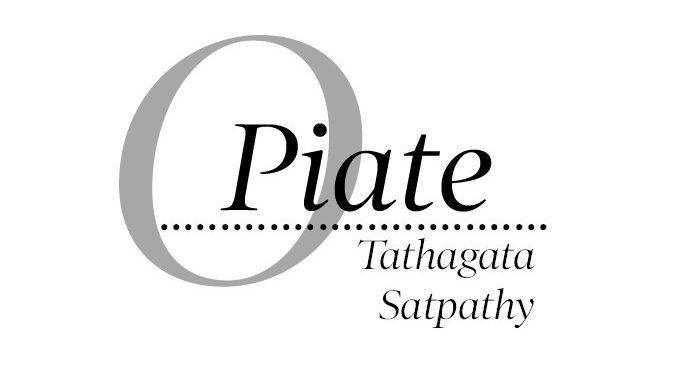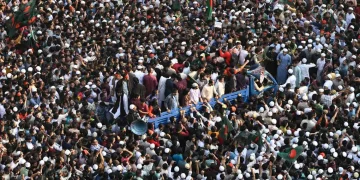It’s been a long year since 5 August 2019 for the people of Kashmir. While many in India may not have had the good fortune of personally witnessing the beauty of Kashmir with its snow, trees, mountains and streams, many old movies showcase the land as it used to be. In the recent past, the only mention of Kashmir has been in context of terror related activities or military oppression by the state. These extremes, no doubt, must have taken their toll on the local populace. Last year on this date, Article 370 was abrogated and the state went under a military enforced lockdown and the outside world had no idea of what was taking place within. While we Indians are impatient with the Covid related lockdown and are worried about the crumbling economy, we should pause for a moment and think of what would be the mental state of the people and the economic situation of Kashmir in this long, dark and unending tunnel of clampdown that has been forced on the Kashmiris. A state dependent primarily on visiting tourists, exports of fruits and handicrafts has had all its sources of revenues come to a complete halt.
Many Indian youngsters today are extremely unaware of Kashmir’s history. Formerly the kingdom of Kashmir was never, strictly speaking, an integral part of India as we know it today. While the major population was Moslem, the king had always been a Hindoo. Prior to partition in 1947, unlike in Bengal or Punjab, no plebiscite was held in Kashmir to figure out where those people wanted to go. In other words, the Kashmiris were not asked which country they wished to join. However, as history tells us, after the British granted independence and divided India into two parts, hordes of tribals and Pakistan army recruits invaded Kashmir and had reached the outskirts of Srinagar. The then king Hari Singh, the grandson of Raja Ranbir Singh, sent a desperate SOS message to the Indian government to help save his people. The Indian army went in and altered the situation. However, Pakistan still claims Kashmir should be a part of that country because it has a majority Moslem population. India, on the other hand, exhibits the instrument of accession signed by Hari Singh in 1947 as the sole evidence required to call Kashmir its own. Torn between the demands and pulls of these two neighboring countries, the beauty of Kashmir has been bruised and wounded many times over in the past few decades. Although external invasion from Pakistan was a constant threat from the partition days, Kashmir has been experiencing a very brutal period since the advent of militancy into the valley. While abrogation of Article 370 was hailed by many as a decisive action that would make the valley peaceful again, reality is very different. For instance, the Ministry of Home Affairs (MHA) claims a 42 percent decrease in recruitment by militant organizations of Kashmiri youth, the media reports and personal experiences of Indian military commanders tell a different story. According to them, the violence in the valley has grown in the past year and recruitment of disgruntled youths has been higher in percentage. What we in the rest of India do not realize is that the information outflow from Kashmir has been completely taken over and controlled by the Union government. Thus, no truth emanates from that state.
Added to this is the plight of entrepreneurs, students, doctors and citizens in general who have been deprived of internet services for the past year. While we talk of Online schooling for our children in Covid times, the concept is beyond the dreams of Kashmiri children who have no access to internet nor to schools and colleges since past 12 months. On the other hand, doctors and health workers allege that the state has been abandoned in the times of Covid crisis, with little to no medical resources or backup and no access to high speed internet and telecommunication services. It is easy to criticize and condemn them as being anti-India radicals yet we would not be just if we do not observe how the Indian system is dealing with the Kashmir problem. For instance, the Supreme Court seems to have enough number of judges and plenty of time to hear a mere contempt matter concerning Prashant Bhushan but hasn’t found time yet to hear the urgent issue of constitutionality of the J&K Reorganisation Act and withdrawal of 4G services and the misuse of preventive detention powers in Kashmir.
The Kashmir imbroglio seems to be an unending torture with the continuation of central rule, without an elected government, in the newly formed Union Territory. Abrogation of Article 370 was a well known agenda long dreamt of by the ruling party of India, the BJP. Unfortunately, the 21st century may not be the appropriate time to use military force and subjugate a people for long in a democracy. Kashmir has always been bleeding India. The recent initiatives have not stopped that bleeding. The wounds have gotten deeper and the despair leading to anger may last for generations. The question that comes to mind is whether an economically weakened India can really afford to continue this military clampdown into eternity.






































